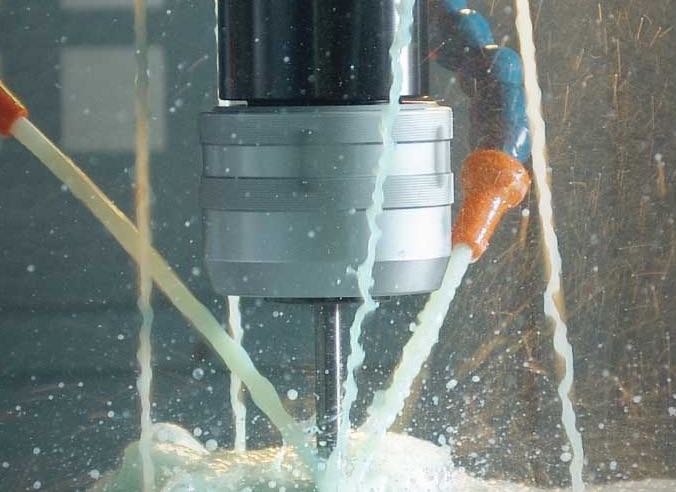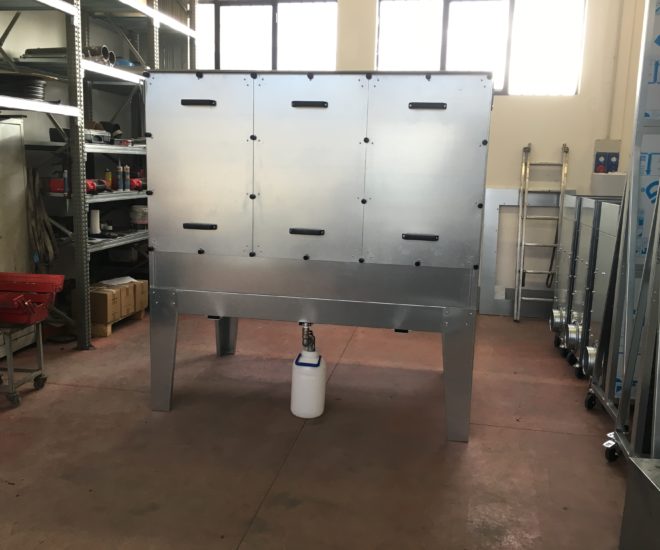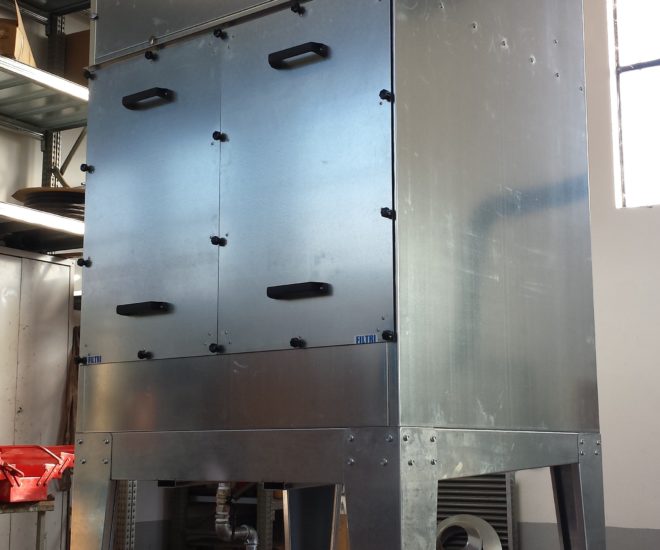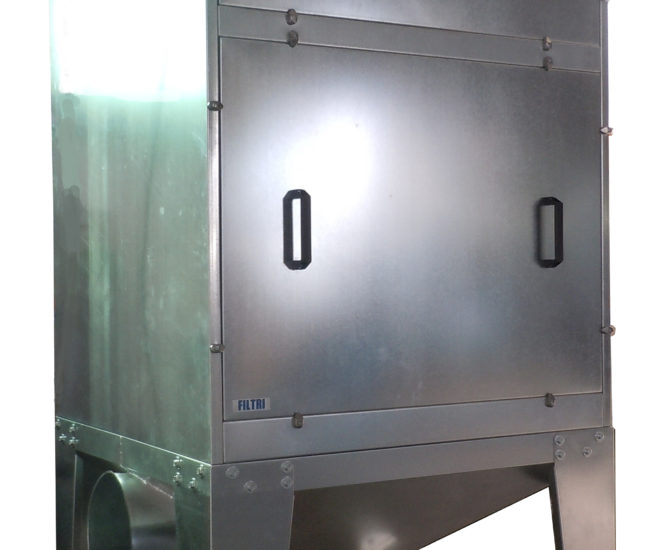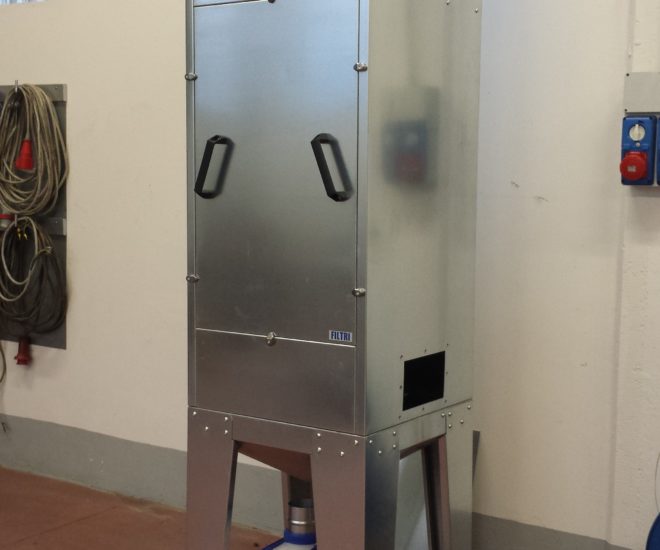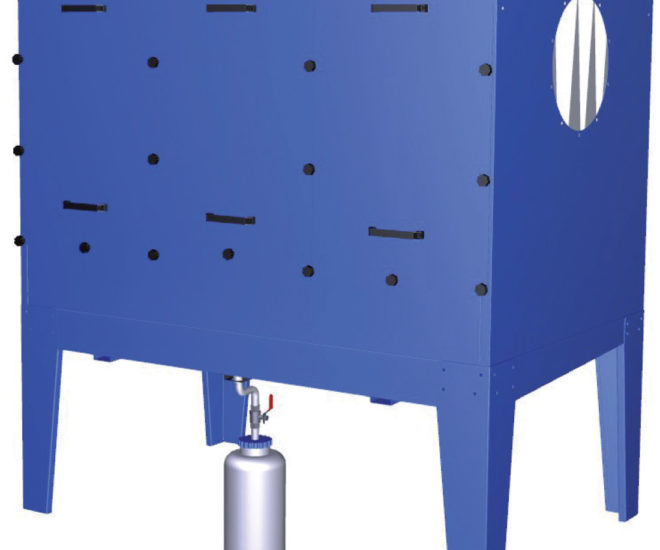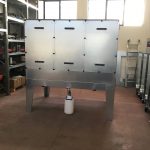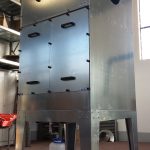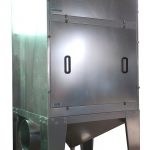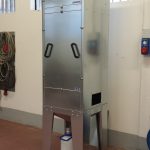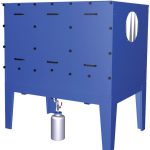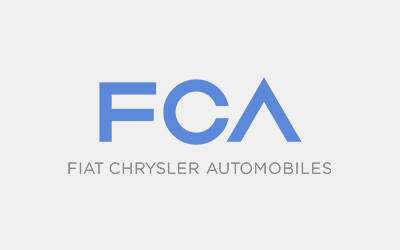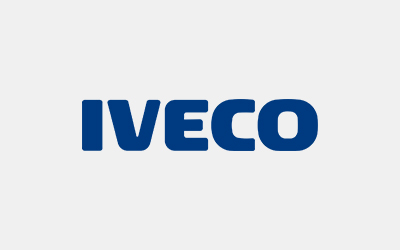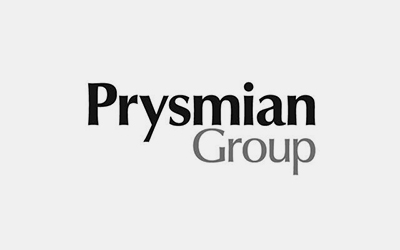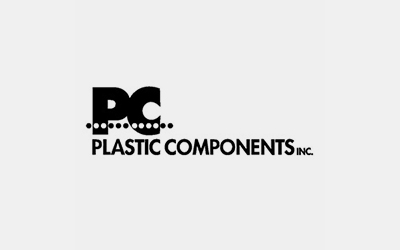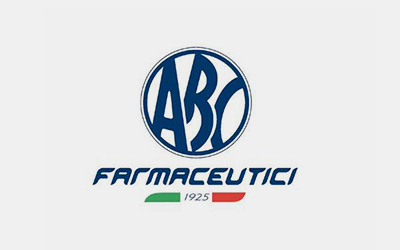Categories
Oil mist filters are used in suction systems to purify the particles of oily compounds that remain suspended in the air, their decomposition products and thermal and oxidative degradation.
What are oily mists?
Basically, these are very fine particles of emulsified oils, lubricating oils, cooling oil, inks, tar dispersed within air and/or gas flows. They are not only produced by mechanical processing but also in production processes such as plastic processing, textile processing, the production of asphalt or the mechanical working with machine tools are typically generated pollutants that occur in the form of oily mists also called oil-mist.
These production contexts include manufacturers of medical and instrumentation components, aerospace, automotive, railway, power components such as engines and transmissions companies using extrusions, hot presses with graphite oils, steelworks, and other.
Oily mists: health risks
The suction systems and filters for oily mists are very important because it has been amply demonstrated their dangerousness with its association to a series of more or less serious diseases such as: contact and allergic dermatitis; bronchial asthma; rhinitis; benign and malignant tumors of the nose, scrotum, lungs, and larynx, etc.
Oily mists: the risks for the working environment in general
How many times have you walked on a “slimy” floor inside a mechanical company? In engineering companies it is of fundamental importance to install filters for oily mists or oily fumes produced because it is a guarantee to users of greater health and a consequent economic saving, maintaining good preservation of the premises, the machinery, and electrical equipment installed.
Types of systems and filters for oily mists or oily fumesThere are different types of systems and filters for oily mists that can positively solve the problem; they range from small modules to be installed on the machine with recirculation of the purified air in the environment to larger filters for centralized suction systems with medium-high overall flow-rate. |
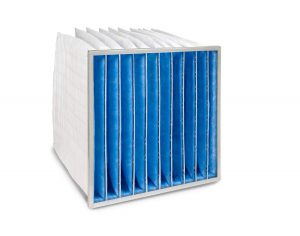 |
How to approach the design of the suction system
Normally the production layout of the central extraction system for oily mists is composed of islands with mechanical processing that use cooling lubricants such as whole oil or emulsion that, due to the effect of high temperatures, can nebulize and give rise to fog and oily micro-fogs.
It is therefore necessary to make a mapping of the production area that takes into account:
- Characteristics of each single machining centre, powers, types of machining, quantity of lubricant or refrigerant used and type of fairing present
- If the fairing is not present it will be necessary to prepare it to contain emissions and channel them into the pipeline
- Position of each machine in relation to the plant and the section of the room, in order to design the line of pipes for the suction system
- Definition of the air flow for each point and the contemporaneity of work to obtain the overall flow
- Sizing of the oil mist filter according to the air flow and other parameters resulting from the technical analysis.
Example of filter for oily mists in centralized suction system:
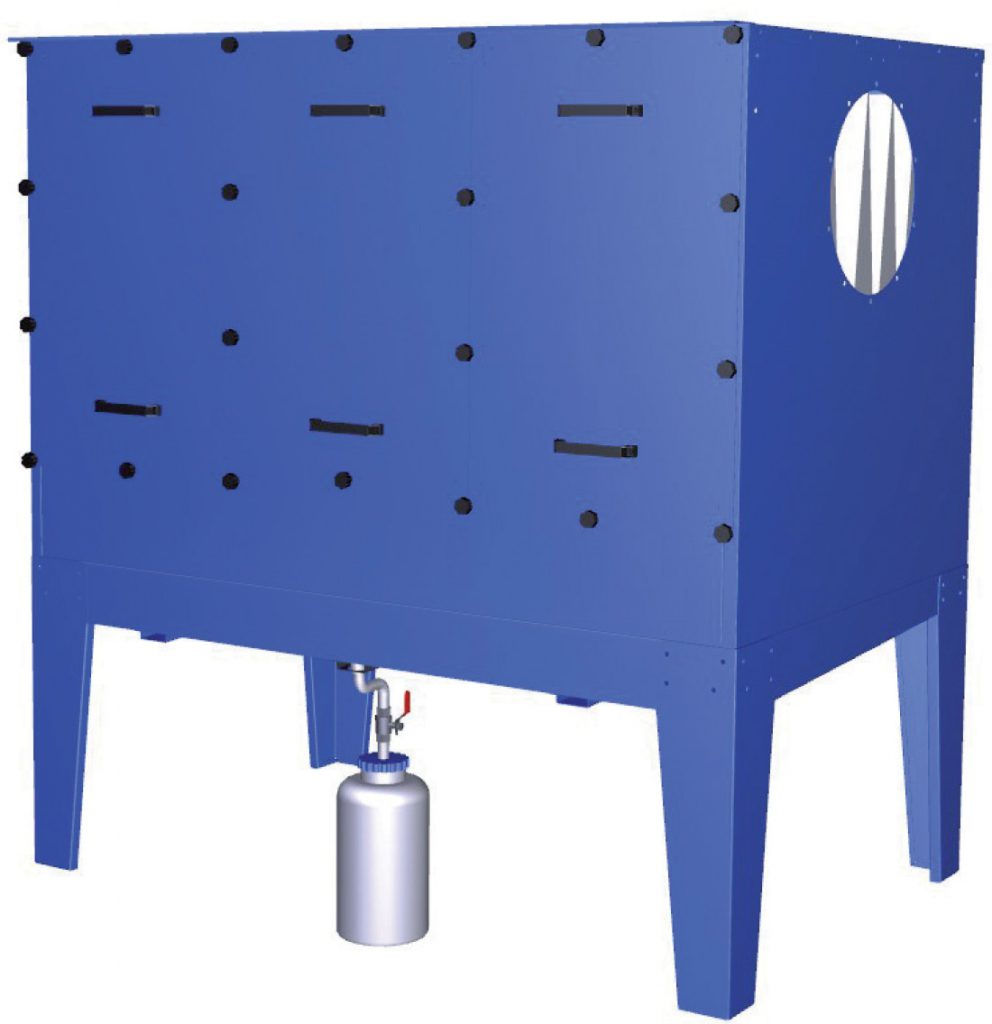
Gamma Impianti designs and manufactures systems and filters for the abatement of oily mists generated by mechanical processing or for the cooling of numerical control systems such as lathes, milling cutters, machining centers in industrial and professional fields. Contact us for advice or a quotation.
Sources:
https://en.wikipedia.org/wiki/Oil_mist
https://it.wikipedia.org/wiki/Olio_da_taglio
https://it.wikipedia.org/wiki/Emulsione
